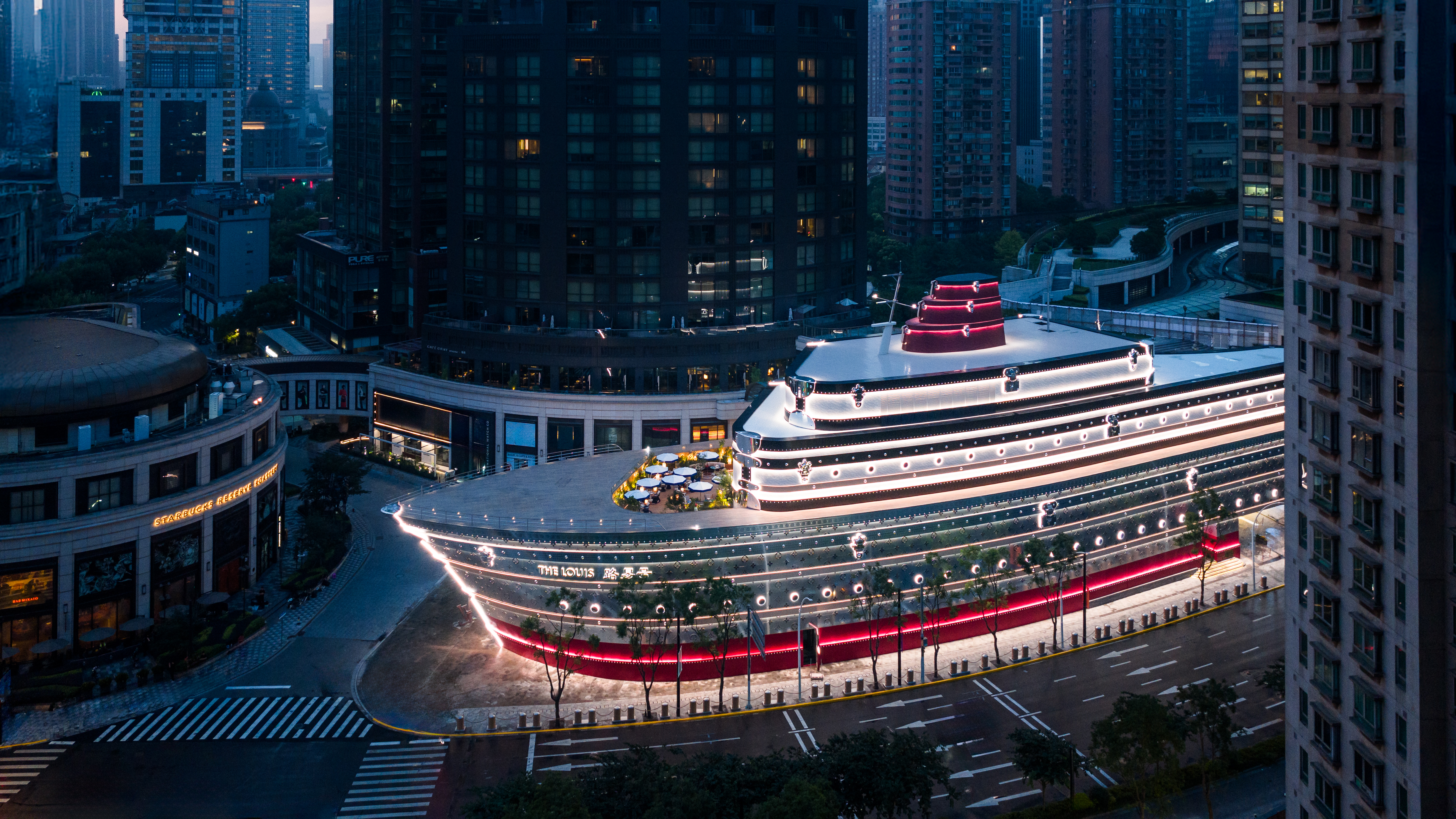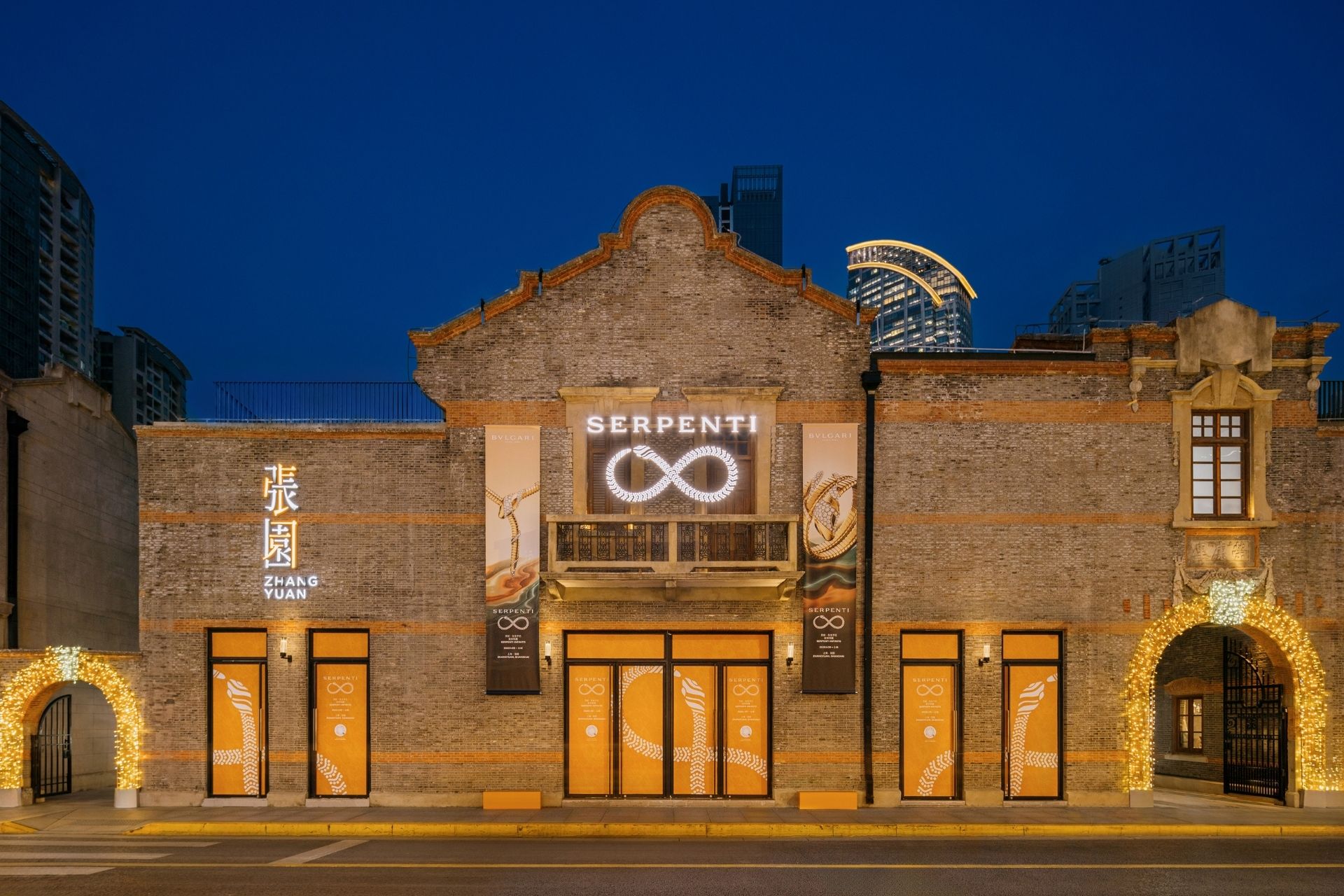It’s common knowledge that advertising is undergoing a revolution. Luxury Society breaks down the key changes.

It’s common knowledge that advertising is undergoing a revolution. Luxury Society breaks down the key changes.
1. Digital spending is expected to eclipse print ad spending this year for the first time ever. According to an Outsell Inc. study of 1,008 advertisers, companies will spend $119.6 billion on online and digital strategies this year versus $111.5 billion in print. This is confirmed by a recent study by the Society of Digital Agencies has shown a continued upward surge in digital media investment for 2010. The study showed that 81% of brand executives surveyed expected to increase their digital projects in 2010, and 50% will be moving cash from traditional to digital budgets. About 78 % felt the economy would push more funds to digital media.
2. Don’t treat online advertising like print advertising. You can’t just shift an advert from print into the online world. Online ads need to offer a different kind of experience. Pop-up adverts that simply irritate, impose and interrupt are not doing their job properly. Many experts believe that banner and window ads are also becoming too staid and too ‘done’. Think about 3D animation and dynamic motion to get your advertising content noticed online. Tim Calkins, clinical professor of marketing at the Kellogg School of Management at Northwestern University acknowledges that this can be difficult: “If you’ve been very dependent on print and TV historically, it’s challenging. Part of the challenge is creativity, especially with image-driven categories. How do you do that on the Web successfully?”
3. SISMO: the new buzz term that means getting consumers engaged. Print advertising was about passive enjoyment of the sort of beautiful, glossy images, which fashion brands have always excelled in producing. But online Madonna Badger, partner in Badger and Winters, believes there needs to be a “call to action”. Her ad agency developed an online, viral video campaign for client Make Up For Ever, shot by Douglas Keeve, which resulted in a 1,000 percent increase in Facebook fans in two weeks, with total impressions for the campaign reaching 31.2 million. The campaign included media banners, a live Twitter feed and a Facebook fan button. “It’s important to have SISMO (sight, sound and motion.)” says Badger “The whole idea is you have to use the Web for all its interactive capabilities. We’re all struggling with how to use this new medium. My experience is the more we engage [the customer] through her senses, that’s the way the Web is meant to be used.”
4. Print still has a place: brands are not turning their backs on magazine advertising altogether. As the economy has improved, fashion magazines have witnessed a slight return of advertisers even with the digital boom. Although they are still down on 2008, magazines including Vogue, InStyle, Vanity Fair and Harper’s Bazaar all experienced an increase in ad pages for the first half, compared with the barren 2009. It seems that print advertising, although considerably pricier can still have the edge over badly thought-out pop-ups. The size restrictions imposed by online advertising are also problematic for brands used to opulent double page spreads. Neil Kraft, president of Kraftworks, is one of several experts who feels that the rush to the Web is reminiscent of the time when outdoor advertising began, and everyone thought advertisers would abandon print. “You still can’t replace the look and feel of a print ad,” says Kraft. “Fashion magazines are one of the few places where the ads are just as important as the editorial.”
For others it is the authority of fashion magazines which is important. Kyle Acquistapace, executive vice president of media planning at Deutsch Los Angeles says, “Even though a consumer can see an entire runway show online, curation matters. That’s why magazines are important. [They] are about telling me what matters and giving me a point of view.”
5. Mix it up and take a multichannel approach. The rapid seismic shift in advertising means there is an inevitable generation gap, or perhaps simply an attitude gap. In order to be successful, brands need to employ multiple platforms to appeal to a range of ages, attitudes and comfort levels with the digital world. Keep the core message consistent but vary how you communicate it. Use print, online, outdoor, mobile and social media. Acquistapace is convinced that coverage is crucial: “More has to be brought to the party to stay relevant. Things feel important when people see them in a lot of places. Anybody who has a one-dimensional approach to marketing will be in trouble.”
6. Advertising is being redefined: produce your own ‘editorial’ content online. The definition of advertising is being transformed as brands create their own online ‘editorial’ material. Spending is shifting from brands paying for traditional advertising to them funding their own websites and blogs. Think of this as an opportunity. Seize the chance to forge stronger, deeper and more compelling connections with your target consumer. Embrace and communicate a 360 degree relationship with your brand.
7. Keep it real: connect your advertising campaigns with people’s lives. The most effective advertising campaigns merge digital media with ‘real life’. Think about launching a campaign that combines print and digital media and culminates in a real time event or promotional party. Burberry’s Art of the Trench was relevant and powerful because it was interactive; it channelled a key product and a core message, and it interacted with the broader democratic trend for street style and photography.
8. Social Media can be a wild card: prepare to let go of a tightly controlled image. Fashion brands usually are strict about trying to control their image so social media can feel like playing Russian roulette. By engaging in social media, brands put their reputations and images on the line, risking potential controversy in hopes of entertaining, provoking and informing their followers. “Big fashion companies are scared to death to lose control,” said Madonna Badger, partner in Badger and Winters Group, an ad agency. But she thinks the most forward thinking brands “accept the fact they don’t have any control [online]. The more they try and control it, the more irrelevant they become.”
(Read the recent LS bulletin on the peaks and troughs of social media.)
9. The iPad could offer the best of both worlds. Apple’s latest must-have gadget is being celebrated by advertising pros for its apparent ability to offer the best of both worlds- print and digital. Fashion magazine editors might just have found the answer to their prayers in a medium which mirrors the appearance and experience of reading a print magazine, while also offering internet access and links to the social media networks which have consumers in thrall. GQ for instance has been widely applauded for the beautiful iPad rendition of their magazine. Retailers are also happy- Macy’s, for example, placed digital ads in several iPad versions of magazines such as Marie Claire, which the reader could click on to be taken to the Macy’s summer catalogue. David Lipman of ad agency Lipman believes that the narrative potential of the new gadget is enormous: “With the iPad, you can tap on it, and it comes to life, and it will tell the customer where you can buy it and you can go deeper into the collection. For the consumer [it] is really intriguing. You can tell a story about the product.”
Abercrombie and Fitch have also joined the party on the iPad. For Sam Shahid, partner in Shahid & Co., who represent the preppy global brand, the exposure for financial outlay is crucial: “You tap the photo and it becomes alive with voice and sound. Millions of people are looking at it, and it’s not $200,000. A magazine can cost you $200,000 for four weeks [on the newsstand], and you don’t even know who’s looking at it. It’s changing the way we’re looking at advertising. You can show one image in a magazine, or you can show 100 images online.”
Sources
WWD









